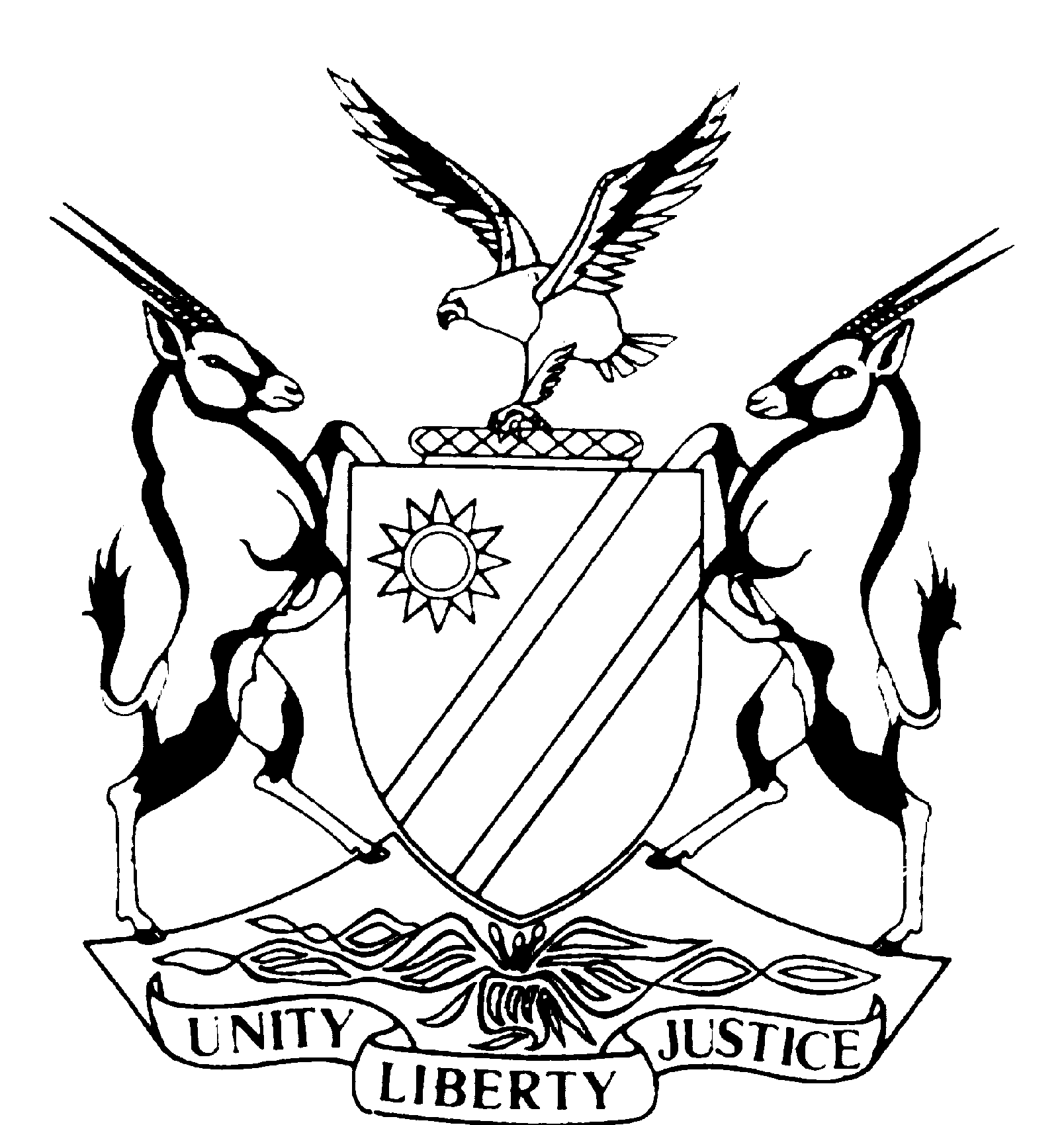
‘Not Reportable’
CASE NO.: CC 10/2009
IN THE HIGH COURT OF NAMIBIA
In the matter between:
DANIEL JOAO PAULO First Appellant
JOSUE MANUEL ANTONIO Second Appellant
and
THE STATE Respondent
CORAM: PARKER J
Heard on: 2011 June 13
Delivered on: 2011 June 21
_________________________________________________________________
JUDGMENT (Leave to Appeal)
_________________________________________________________________
PARKER J: [1] This is an application for leave to appeal. Ms Moyo represents the State (the respondent) and Mr McNally the appellant.
[2] The respondent has raised a point in limine, and in virtue of the nature of that preliminary objection I must determine it at the threshold because if upheld, that would be the end of the application.
[3] The appellants were convicted and sentenced accordingly on 10 March 2011. They filed an application for leave to appeal on 30 March 2011, stating the grounds on which they rely. Application for leave to appeal is governed by s. 316 of the Criminal Procedure Act, 1977 (Act No. 51 of 1977) (‘the CPA’) which provides:
(1) An accused convicted of any offence before the High Court of Namibia may, within a period of fourteen days of the passing of any sentence as a result of such conviction or within such extended period as may on application (in this section referred to as an application for condonation) on good cause be allowed, apply to the judge who presided at the trial or, if that judge is not available, to any other judge of that court for leave to appeal against his or her conviction or against any sentence or order following thereon (in this section referred to as an application for leave to appeal), and an accused convicted of any offence before such court on a plea of guilty may, within the same period, apply for leave to appeal against any sentence or any order following thereon.
[4] As respects the point in limine; Ms Moyo argued that the application was filed outside the statutorily peremptory time limit of 14 days, and the applicant has not filed any application for condonation as required by the said s. 316 in which the applicant must show good cause in order for this Court to allow the application; ergo, there is no application properly before the Court. That there is no such application for condonation within the meaning of s. 316 is not in doubt. Mr McNally’s argument is simply this: the application for leave to appeal was filed within the time limit in terms of the said s. 316 and so there is no need in law to make any application for condonation. Thus, the only single crisp issue to determine is therefore this: Did the appellants file their application for leave to appeal within 14 days from 10 March 2011 when they filed the application on 30 March 2011 within the meaning of s. 316 of the CPA? Ms Moyo says they did not; Mr McNally says the opposite.
[5] Ms Moyo relies on authority for her contention. The authority is S v Kashire 1978 (4) SA 166 (SWA) decided by the Constitutional predecessor of the Court; and there, the Court interpreted and applied the computation of the time of ‘days’ in s. 316 of CPA and concluded:
The days mentioned in this section must surely be computed with reference to s. 4 of the Interpretation Act 33 of 1957, i.e. inclusive of Saturdays, Sundays and public holidays but exclusive of the first day and inclusive of the last day.
[6] It is worth noting that the formulation in the ‘Interpretation Act 33 of 1957’ is the same formulation in Namibia’s ‘The Interpretation of Laws Proclamation, 1920’. It follows that the period of 14 days mentioned in s. 316 must be computed according to the Interpretation of Laws Proclamation, 1920. But according to Mr McNally the time limit of 14 days should be computed according to the Rules of Court. Mr McNally did not cite any authority in support of his contention which he put forth with great verve.
[7] It follows that upon the authority of S v Kashire supra the time limit of 14 days in s. 316 of the CPA must be computed according to the Interpretation of Laws Proclamation, 1920, and not the Rules of Court. The respondent’s point in limine is therefore upheld. Consequently, I find that the appellants filed their application for leave to appeal out of time in terms of s. 316 of CPA; and what is more, there is no application for condonation of the late filing of application for leave to appeal. That being the case, it goes without saying that there is no good cause – or any cause at all – shown to this Court by the appellants within the meaning of s. 316 of the CPA based on which I may exercise my discretion to extend the time limit of 14 days and allow the application in terms of the said s. 316. For that reason, it is clear to me that this Court is not entitled to allow the application for leave to appeal: as a matter of law and rudimentary logic, there is simply no application for leave to appeal before this Court for this Court to determine.
[8] Whereupon, the application for leave to appeal is dismissed.
_________________
PARKER J
COUNSEL ON BEHALF OF THE APPELLANTS: Mr P McNally
Instructed by: Lentin, Botma & Van den
Heever
COUNSEL ON BEHALF OF THE RESPONDENT: Adv. C Moyo
Instructed by: Office of the Prosecutor- General